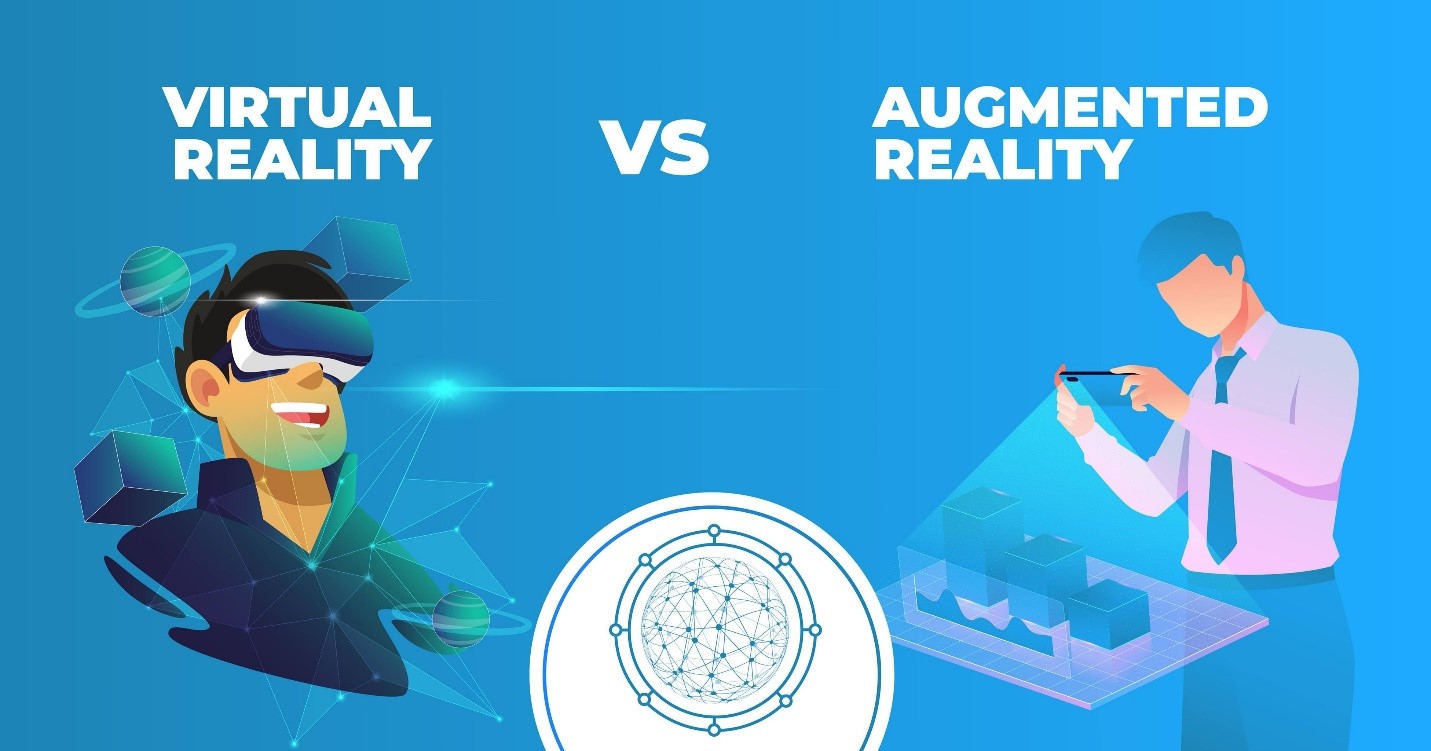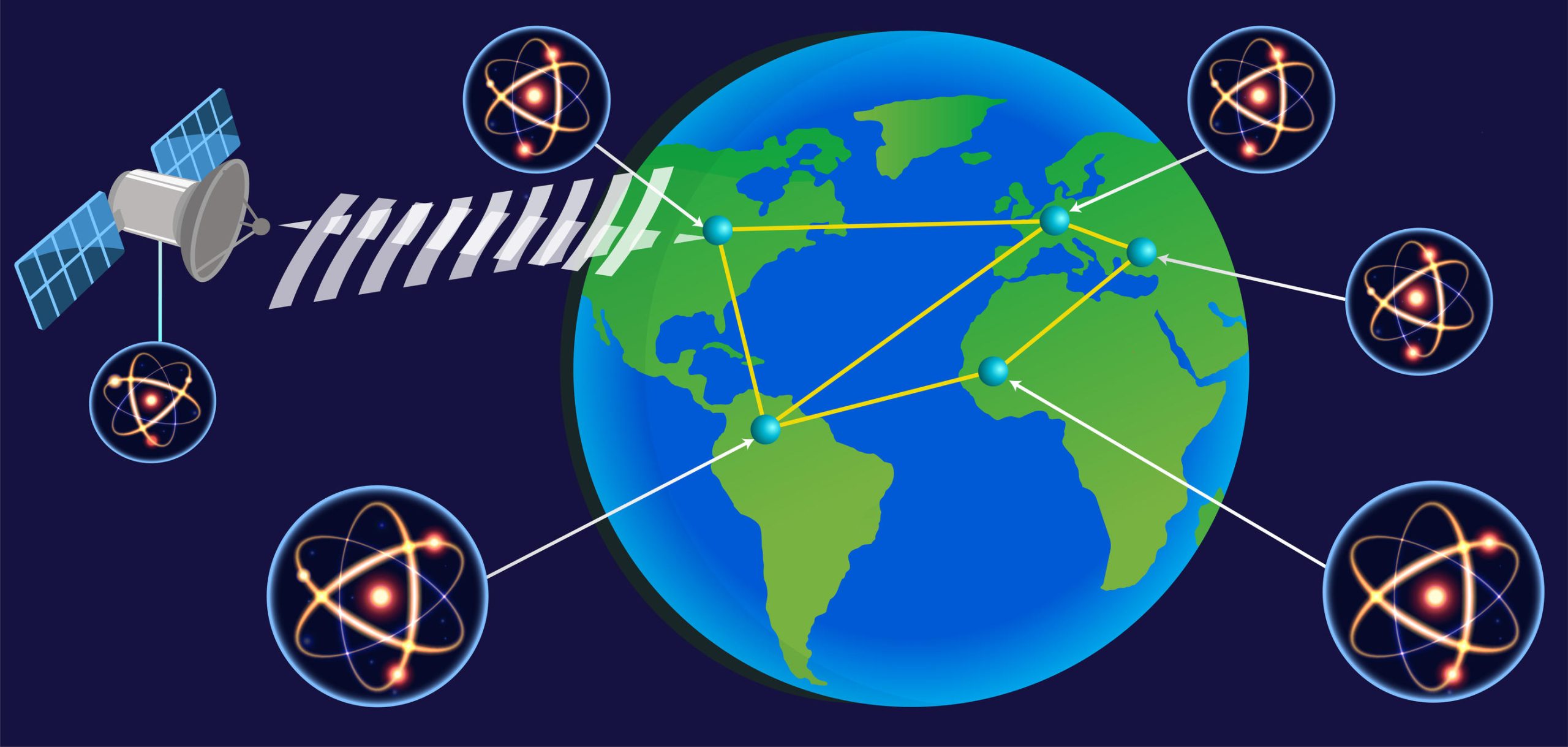justineanweiler.com – Augmented Reality (AR) and Virtual Reality (VR) are two rapidly evolving technologies that are reshaping industries from entertainment and education to healthcare and retail. Both AR and VR offer immersive experiences, but they differ significantly in their applications and potential. This article explores the fundamental differences between AR and VR, their current uses, and their future potential. As both technologies continue to grow, the question remains: which one will shape the future?
Understanding Augmented Reality (AR)
Augmented Reality enhances the real world by overlaying digital content—such as images, sounds, or information—onto a user’s view of their physical environment. AR enhances rather than replaces the real world, allowing users to interact with both virtual elements and their surroundings simultaneously.
One of the most well-known examples of AR is Pokémon Go, a mobile game that allowed users to see and “catch” virtual Pokémon in real-world locations through their smartphone cameras. In more practical applications, AR is used for:
- Retail: Retailers like IKEA use AR to allow customers to visualize furniture in their homes before purchasing.
- Healthcare: AR helps medical professionals overlay digital models onto real-world anatomy during surgeries.
- Education: Teachers use AR to create interactive, engaging lessons where students can visualize historical events or scientific concepts in the classroom.
AR’s greatest strength is its ability to enhance real-world environments without fully immersing users in a digital world, making it accessible through smartphones, tablets, and wearable devices like AR glasses.
Understanding Virtual Reality (VR)
Virtual Reality is a fully immersive technology that replaces the user’s real-world environment with a digital one. Using VR headsets, users are completely cut off from their physical surroundings and transported into a fully digital environment where they can interact with 3D objects and environments.
VR is often associated with gaming—popular titles like Beat Saber and Half-Life: Alyx create fully immersive experiences where players can explore, interact, and move through virtual worlds. However, its uses extend far beyond gaming, with applications in:
- Training and Simulation: Pilots, surgeons, and soldiers use VR for realistic training simulations without the risks associated with real-life training scenarios.
- Entertainment: VR is revolutionizing how people experience movies, concerts, and virtual tours, offering a sense of presence that traditional media cannot provide.
- Therapy: VR is being used in mental health treatment, providing environments for exposure therapy or mindfulness exercises for patients with PTSD, anxiety, or phobias.
VR’s immersive nature allows users to be fully transported to virtual worlds, but this also means it often requires more specialized hardware, such as VR headsets and controllers, which can be costly and complex.
AR vs. VR: Key Differences
While both AR and VR immerse users in enhanced or entirely digital experiences, there are key differences between the two technologies:
- Level of Immersion: AR augments reality by overlaying digital elements onto the real world, allowing users to interact with both simultaneously. In contrast, VR completely immerses users in a virtual environment, cutting them off from the real world.
- Hardware Requirements: AR typically only requires a smartphone or AR glasses to function, making it more accessible to the average user. VR, on the other hand, requires specialized equipment like headsets and controllers to create a fully immersive experience.
- Applications: While both AR and VR have applications across various industries, AR is often favored for situations where users need to remain aware of their surroundings, such as in retail or healthcare. VR is more suited for fully immersive experiences like training simulations or gaming.
The Future of AR and VR
As both technologies continue to advance, they are likely to shape the future in different ways. AR’s accessibility and integration into everyday devices like smartphones and glasses make it more likely to be adopted on a widespread basis for practical applications. AR has already shown its potential in fields like retail, navigation, and education, and as AR glasses become more mainstream, its influence is expected to grow.
On the other hand, VR’s immersive capabilities make it a powerful tool for industries where full immersion is essential, such as gaming, entertainment, and professional training. As hardware becomes more affordable and user-friendly, VR’s potential to revolutionize sectors like healthcare and mental health treatment will expand.
AR and VR Convergence: Mixed Reality (MR)
It’s also important to note the emergence of Mixed Reality (MR), which blends elements of both AR and VR. MR allows users to interact with digital objects that are anchored in the real world, but in a way that feels more immersive than AR. Devices like Microsoft’s HoloLens are already showcasing MR’s potential to revolutionize industries like design, engineering, and collaboration.
Which Will Shape the Future?
Ultimately, both AR and VR are likely to shape the future in different but complementary ways. AR’s ability to enhance the real world makes it ideal for everyday applications in work, education, and shopping, while VR’s immersive experiences will continue to dominate entertainment and specialized training fields. Mixed Reality, which combines the best of both worlds, could be the technology that bridges the gap and transforms how we interact with both digital and physical environments.
As hardware improves and becomes more accessible, we may see the lines between AR and VR blur, allowing for more seamless integration into our daily lives. Whether you’re exploring the virtual landscapes of a VR world or enhancing your real-world surroundings with AR, the future of these technologies promises exciting possibilities.
Conclusion
Augmented Reality and Virtual Reality are two powerful technologies that are reshaping how we interact with the world around us. While AR enhances the real world by overlaying digital content, VR immerses users in entirely digital environments. Both technologies are poised to play significant roles in the future of industries ranging from entertainment and education to healthcare and retail. As the technologies continue to evolve, the question may not be which will dominate but how they will converge and complement each other in shaping our future.




